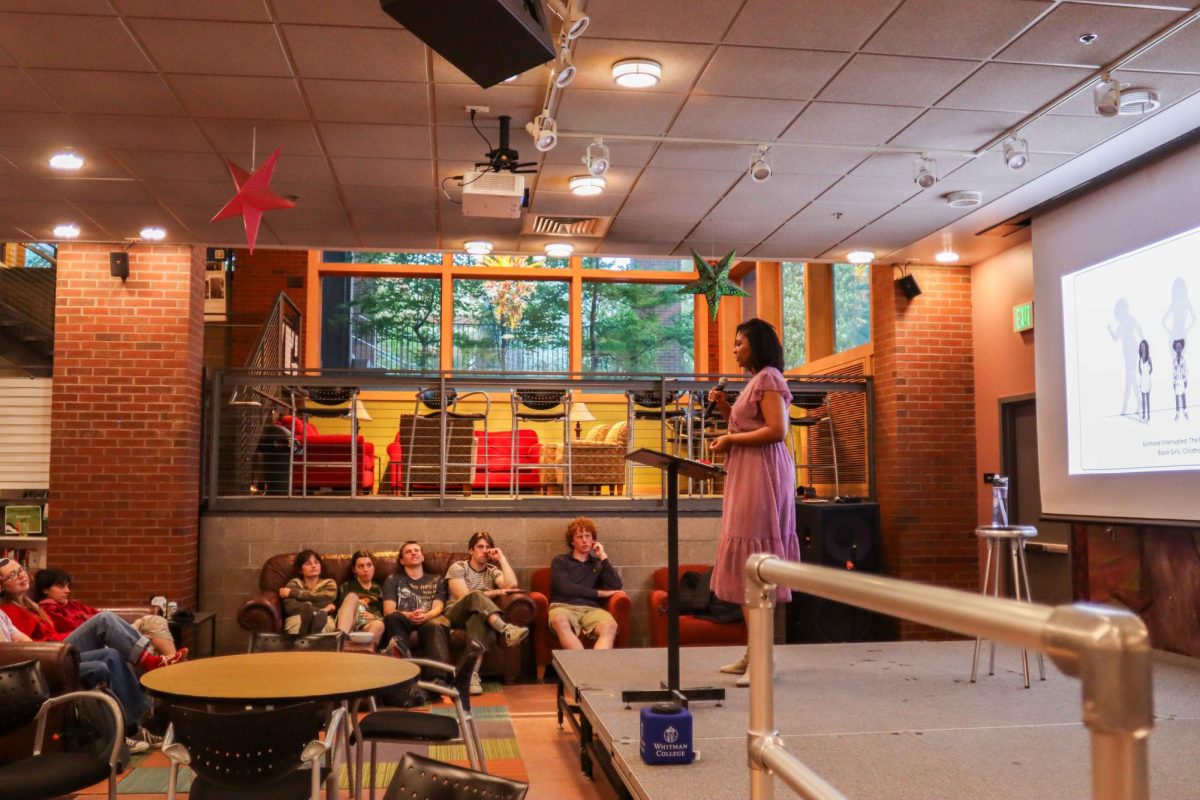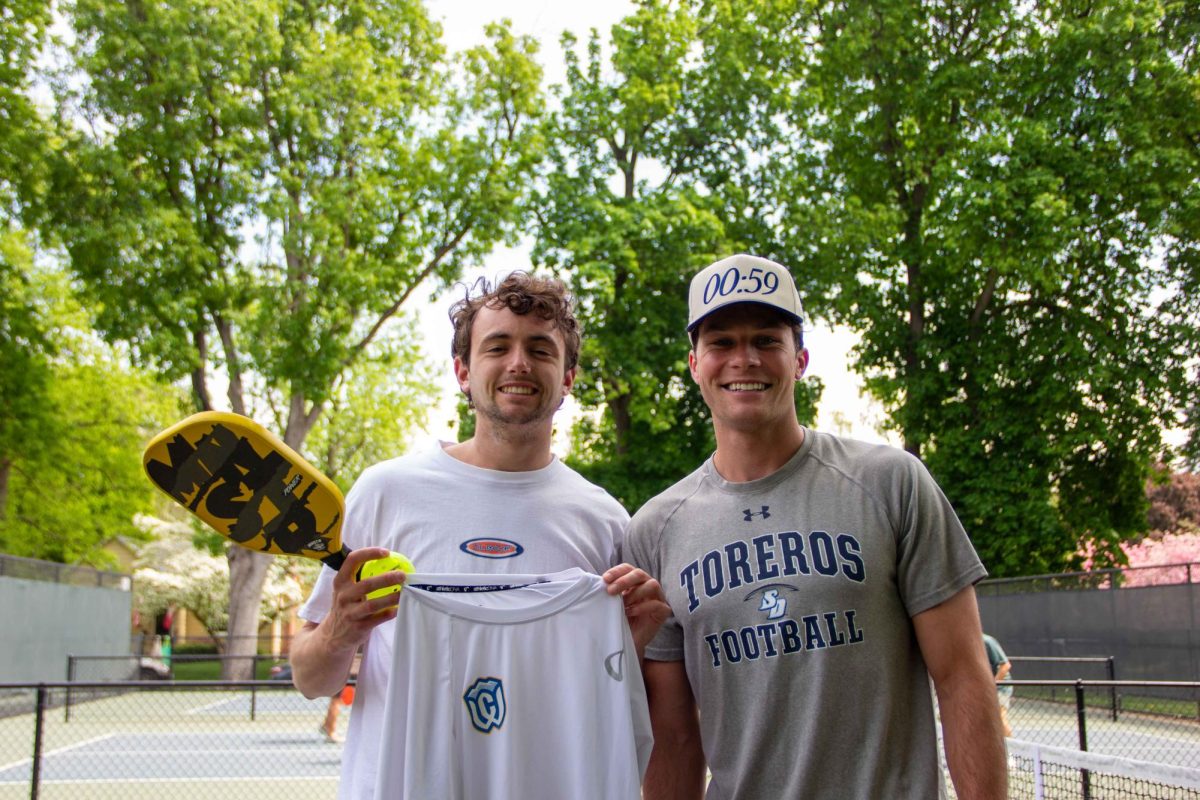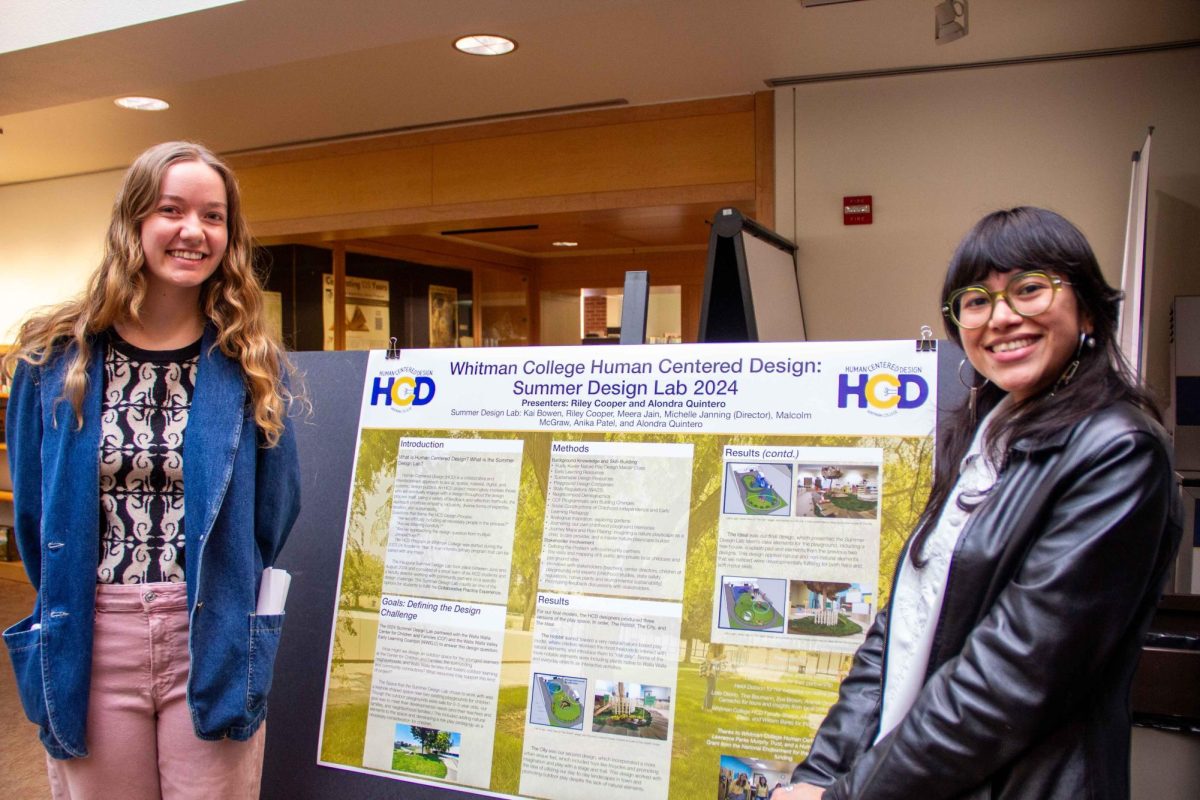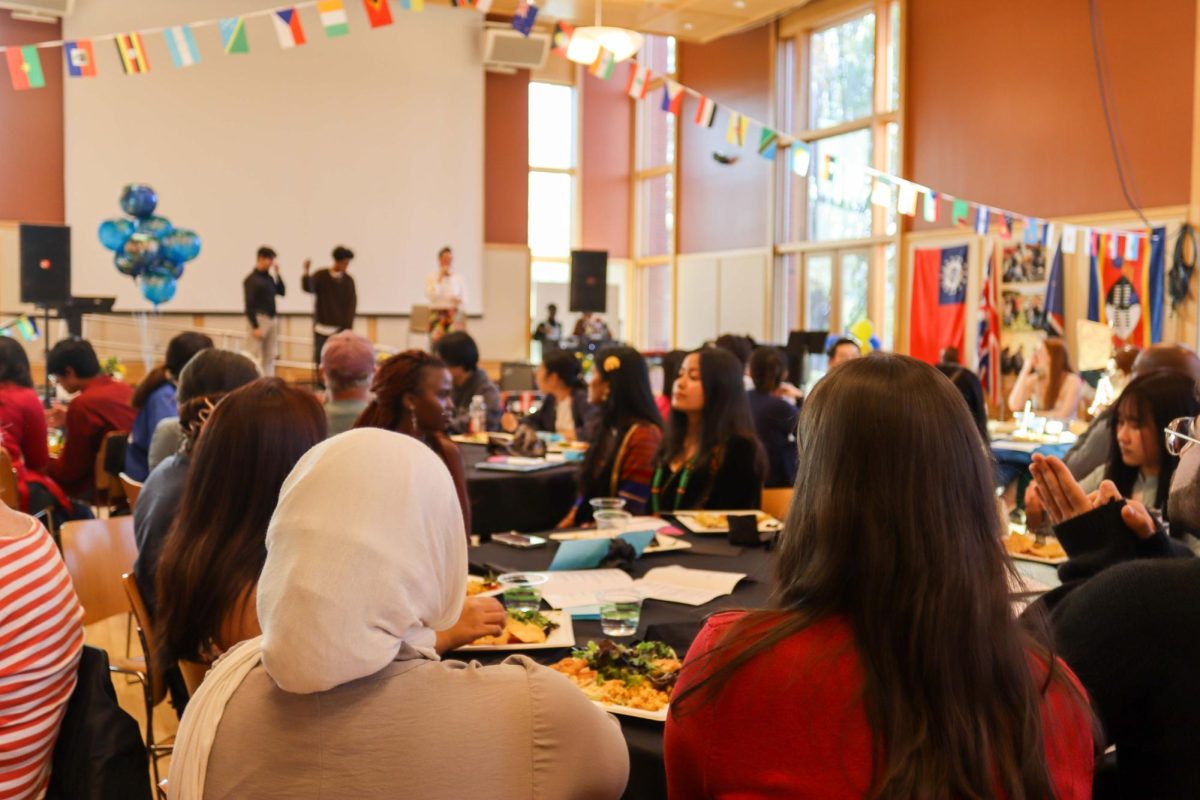
This year, Disney’s famous “Steamboat Willie” cartoon featuring Mickey Mouse entered the public domain along with thousands of other pieces of copyrighted media. This process is a staple of United States copyright law and impacts how everyone consumes and engages with creative art pieces.
The Penrose Library held its second Public Domain Celebration Day on Jan. 24. Emily Pearson is Penrose Library’s Instructional Coordinator and Outreach Librarian and ran the event. Pearson explained the process of copyright law and how content enters the public domain.
“Public domain is an aspect of copyright law. It’s the idea that when something has gone out of copyright, it is available to the public. It’s something that people could remix, reuse, recreate in a way and without having to pay a licensing fee to the original creator,” Pearson said.
Pearson elaborated on how in the United States, copyright law attempted to strike the delicate balance between protections for the original creators and opportunities for creative fair use. Initially, copyright was intended to extend 14 years after the date of creation but stipulated that creators could continue to renew their copyright after it expired.
Copyright law, much like other policies in the United States, has changed over time. Public domain has been affected in the number of years something can be held in copyright — mostly for profit-based incentives.
“In the 20th century, it changed pretty dramatically. Starting in the 70s, it went from being 14 years to 75 years, or the life of the author plus 50 years. So if I made something today, and died in 30 years, it would still be 80 years from today that something I made would go into the public domain. And then it went even further to be 120 years or the author’s life plus 70 or so,” Pearson said. “Disney has a big reason for this because they wanted to protect Mickey. This law is called the Mickey Mouse Protection Act, colloquially.”
This year is notable in copyright law, ironically with the release of Steamboat Willie and thus Mickey Mouse into copyright. The events attendees were able to see the entirety of the freshly released 7-minute-long film.
Junior Jenna Ebding reflected on what the extended version added to her viewing experience.
“I’ve never seen ‘Steamboat Willie’ all the way through. Wild stuff going on in there, the noises and the animation style are very interesting. The physics of Mickey Mouse, just that era, especially, because physics in all animation is a little off but that era of cartoonage … is really enjoyable,” Ebding said.
That was not the only Mickey Mouse film that students could enjoy as “Plane Crazy” also entered the public domain this year. The addition of new works in public domain will be a growing trend as the early years of cartoons from Disney and other animation studios’ copyrights end.
“It was another version of ‘Steamboat Mickey’ where he’s building a prop plane and learning to fly. He invites Minnie into the plane with him and he kisses her without her consent and she slaps him. I think that made all of us laugh in the room when Mickey Mouse was being a little bit of a mask off in a way,” Ebding said.
Participants could also enjoy crafts and food, making their very own paper plate Mickeys.
The possibilities are endless when it comes to public domain. Well known uses of content within the public domain include many of Disney’s princess films’ original stories, Sherlock Holmes, Frankenstein and Robin Hood.
“It’ll be interesting to see what goes on, or what is going to come out of the public domain in the next several decades. And I’m also really excited to see what people do with Mickey Mouse. There’s a trailer already, they’re making a Steamboat Willie horror film,” Ebding said.
Pearson also discussed the changing shape of copyright in the modern world and how students might need to navigate copyright both in their education, career and daily lives. Copyright will continue to evolve right alongside technology and the internet. Pearson pointed to internet trends to explain the influence of copyright on pop culture, explaining that Kayla Newman, who popularized the phrase “on fleek,” does not earn any revenue despite the phrase now being a part of the modern lexicon.
“We want this to be something that students are more aware of. For me, I think copyright is a really interesting thing because it is just not [compatible] with how culture is today,” Pearson said. “If you think about TikTok dance trends, that’s kind of defied copyright if you’re saying that people aren’t able to copyright their dances and profit off of it. Memes are kind of complicated with copyright.”
Public domain is a complex issue with deep importance to academia, creative arts, and even social media. People who are more interested in copyright and public domain should visit Penrose’s Library Guide on Copyright & IP for more information. Students can also take a library class called Information Society to dive deeper into the intricacies surrounding copyright law in the United States.




